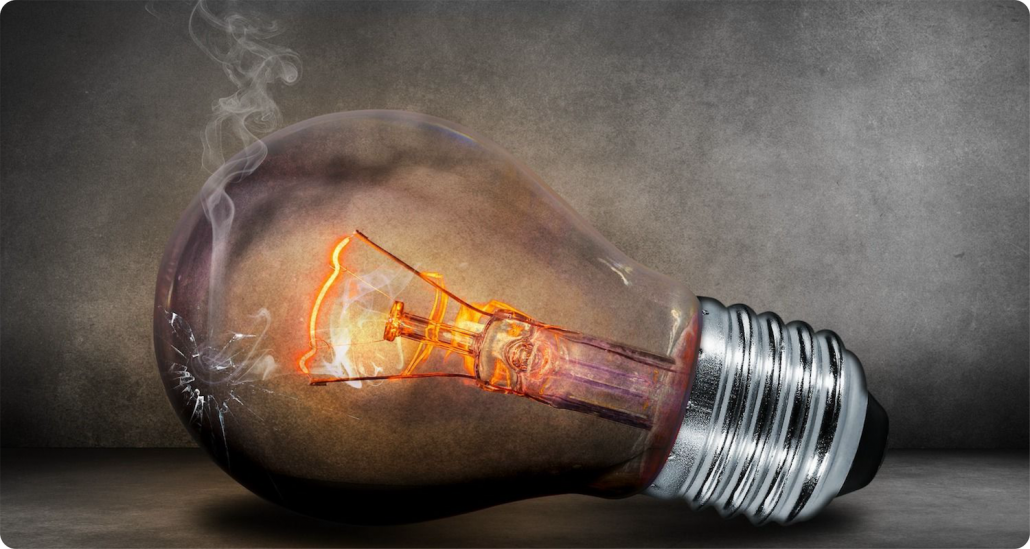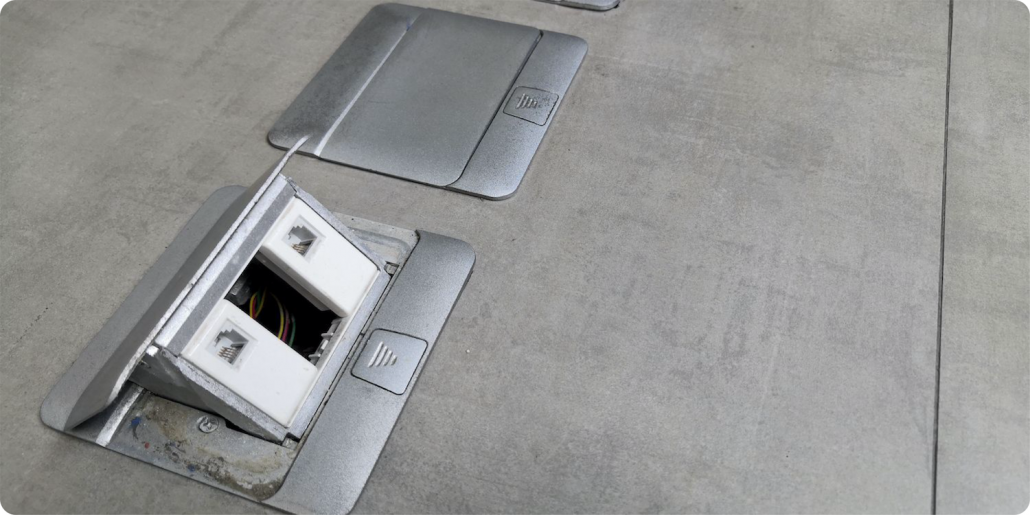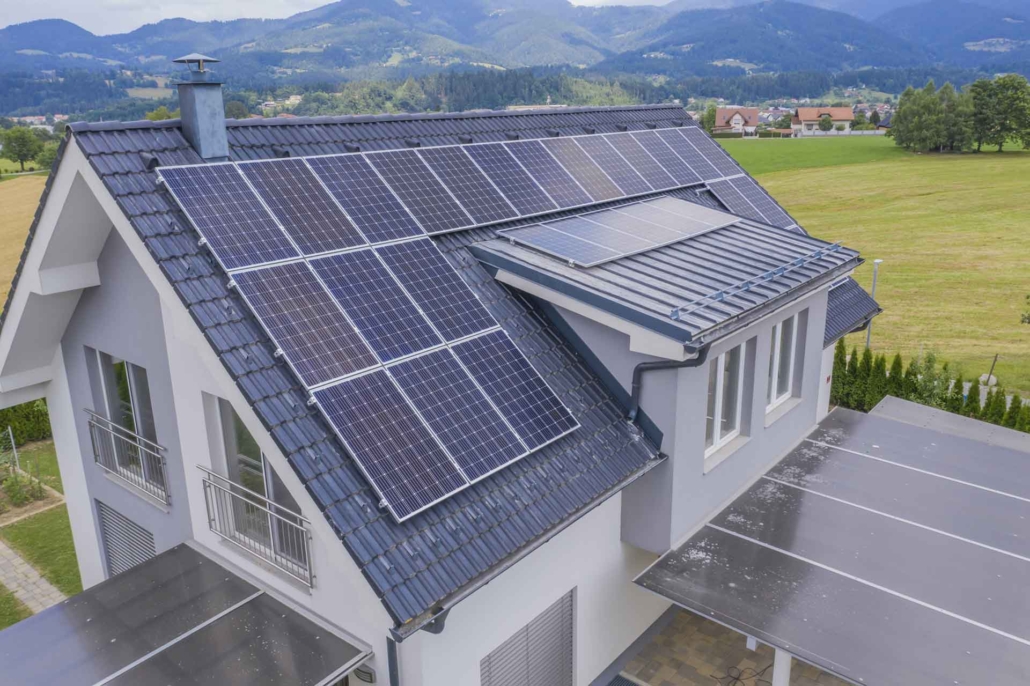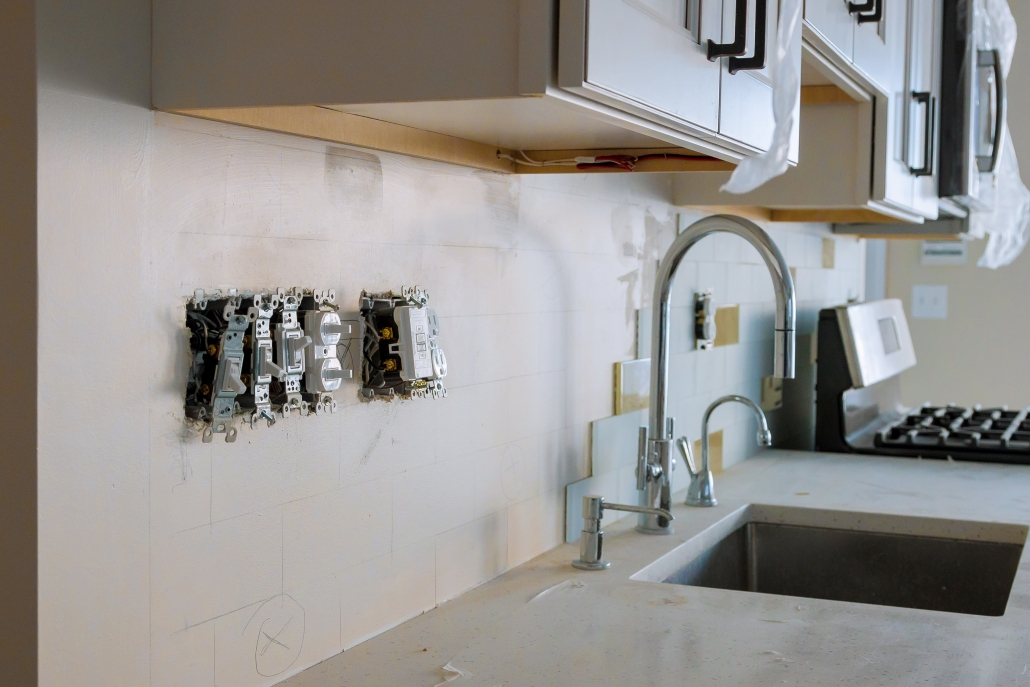October 7, 2020 | Cristina Dinulescu
All electrical projects have one thing in common: electrical wiring. When installing new wiring, knowing what type of wire or cable you need is essential. Having basic knowledge about the types of electrical wiring will help you find out more about the existing circuits in your home. For instance, it will be simpler for you to identify which wire goes where when looking in the junction box.
Modern homes and homes built after the mid-1960s in general, have similar types of wires. Plus, any new wiring needs to follow the requirements set by local building codes or the national electrical code. Electrical wiring is all about connecting wires and cables to various Equipment and devices like appliances, switches, lights, receptacles and so on to the main distribution board.
Cable vs Wire
It’s important to understand some of the basic terms which are used when describing wiring. An electrical wire is a conductor, a material which conducts electricity. For household wiring, the material is either copper or aluminium (or copper-sheathed aluminium), although aluminum is not really used anymore. It can be stranded wire or solid metal conductor and in most cases, it is insulated, using a non conductive plastic coating.
On the other hand, a cable is the combination of two or more wires, assembled using a single jacket. In modern homes, the NM (nonmetallic) cable is the most common type. This consists of two or more individual wires wrapped inside a protective plastic sheathing and contains:
- one or more “hot” (current-carrying) wires
- a neutral wire
- a ground wire
1. NM Cable
The most common type of home electrical wiring is the NM cable, also known as the Romex cable, after the most popular electrical wiring brand name. The NM cables contain three or more individual conductors, wrapped together in a sheathing, which is a flexible plastic jacket.
This type of cable is generally used for dry, interior home wiring and this includes appliances, fixtures, switches, and outlets. Today, the NM cables are color-coded, meaning that the outer jacket of the cable comes in different colors to indicate the wire gauge. Here are the most common NM cables you most likely find in modern homes:
- 6-gauge, 55-amp circuits comes with black sheathing
- 8-gauge, 40-amp circuits comes with black sheathing
- 10-gauge, 30-amp circuits comes with orange sheathing
- 12-gauge, 20-amp circuits comes with yellow sheathing
- 14-gauge, 15-amp circuits comes with white sheathing
Gray sheathing is reserved for underground (UF) cable.
2. Armored Cable
When it comes to house electrical wiring, local ordinances are more strict than national codes. That is why you might find that in some areas NM cables are not permitted for use and in these locations, armored or AC cables are used instead.
AC wiring, also known as BX, goes back to the early 1900s and is designed with flexible metallic sheathing, which offers extra protection for the conductors inside. In commercial buildings or residential constructions with more than three stories, AC cannot be used.
3. Underground Feeder Cable
UF (underground feeder) is an NM cable which is specifically designed for wet locations and direct ground burial. When running wires underground or to outdoor projects, you need to use the UF cable. Another option electricians choose is using PVC conduit underground and pulling wires through.
This type of cable is generally used for supplying outdoor fixtures and it contains insulated hot and neutral wire, plus a bare ground wire. Unlike the NM cable, the UF type has a solid plastic sheathing around each wire and has a gray outer sheathing. Additionally, this type of cable can be used for major circuit wiring.
4. Low-Voltage Wire
Low-voltage wiring is used for circuits that use less than 50 volts. This type of wiring is the right choice for items that do not require a lot of electricity, like doorbells, thermostats, sprinkler systems or landscape lighting.
Low-voltage wiring varies from 12 to 22-gauge and it’s either insulated or comes covered in cable sheathing. Even though shocks don’t usually occur with low-voltage wires, it is still a good idea to turn off your devices before starting to work with them.
5. THHN/THWN Wire
Two of the most common types of insulated wires are the THHN and the THWN. Unlike the NM cable, these are single conductors, each having its color-coded insulation. And they are protected by a plastic or tubular metal conduit.
- Hot wires are black, orange or red;
- Neutral wires are white or brown;
- Ground wires are green or yellow-green.
As far as insulation is concerned, the letters indicate their properties:
- T stands for Thermoplastic;
- H stands for Heat-resistant and HH means highly heat-resistant;
- W stands for Rated for wet locations;
- N means Nylon-coated, for added protection.
These types of wires should be used in areas like basements or garages and inside the house, only for short exposed runs, like wiring connections for water heaters or garbage disposals. Because these are circuit wires, they should never be handled with the circuits turned on.
6. Phone and Data Wire
Phones and internet wiring both use low-voltage wires. Although the most common type of cable for this is Cat (Category) 5, your telephone and data cable may have anywhere from four to eight wires. The category 5 cable contains eight wires, wrapped together in four pairs and it’s the most efficient type for phone and data transmission. Also, the cat 5 cable brings greater capacity and quality than the standard phone wire.
Even though data wiring doesn’t carry a high amount of voltage, it is still dangerous to have data wiring coming in contact with household wiring. So, treat it carefully and avoid touching bare wires.
The right electrical upgrade can dramatically improve the value and appearance of any home or business. You’ll be amazed at what a difference the right electrical upgrade can make for your home or business. Make sure that when you select an electrical company to do the enhancement of your home and you have decided to take your enhancement to the level where you require an electrical upgrade that the technician at the company has a good working knowledge and the experience to properly guide you in this area.
When you decide to upgrade, our well-trained and certified electricians have all the experience and training needed to complete your electrical panel upgrade project from start to finish, with a minimum of fuss or disturbance. Please contact us right away at 310-800-2401










